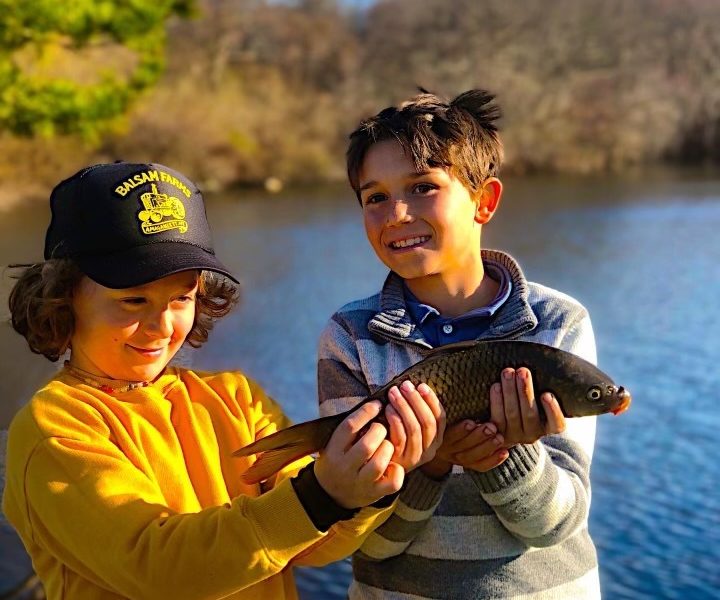

It’s that time of year again. Winter is over, but at times seems like it’s just finally showing up.
A friend who is obsessed with fishing but is new to the saltwater game announced to me this week that flounder season has opened and he would be venturing out on his boat in Shinnecock Bay this week in search of flounder. He asked if three dozen worms would be enough.
After the initial burst of glee in thinking of all the hilarious sarcastic responses I could have offered up, his query sparked my annual twinge of melancholy at the continued absence of a flounder fishery in our waters.
I told him of the years when the March 15 opener of flounder was nearly as big an annual event as the opening day of the duck season, and of the lineups of fishermen on the Shinnecock Canal walls, and cans of corn and blood worms versus sand worms debates, and buckets full of blackbacks. I could see his glances darting to the canal’s waters nearby as though such a thing couldn’t have just ended and maybe other fishermen just aren’t as clever as he.
He asked what happened to the flounder and I was ashamed to say I didn’t know. I’ve written over the years about the scientific studies and amateur speculations about the possibilities. The average Joes are always blaming the resurgence of seals since they reduced the slaughter in the arctic and stopped shooting them around the herring nets in Nova Scotia. And scenes like the photo that made the rounds a few years ago of a seal popping his head up with a big round flounder in its mouth certainly helps to support that theory.
There are, without question, a ton more seals in our bays these days and they definitely eat flounders as fast as they can. But seals alone can’t explain the disappearance of flounder since the decline of flounder started long before the resurgence of seals. Studies done by some Stony Brook scientists a few years ago hinted that water pollution and the toxic algae blooms that have plagued our bays for the last 30 years were a much more likely main driver. The loss of seagrasses in the bay, which either provided protection for baby flounder from predators or harbored the food that sustained them, is most likely a key factor.
I was in White Water over the weekend and Bryce Poyer mentioned that he’d sold some worms to a couple folks. Scott Jeffrey from East End B&T said the same thing. It’s nice to know that intrepid flounder rats are still out there sniffing for them. There are some flounder in the bays still and the savvy flounder pounders probably have a spot or two that still produces a couple.
Regardless, it’s been pretty chilly the last few weeks and March saw very few of those bursts of early spring, so even the flounders that are still around are likely pretty lethargic and buried in the mud most of the time. We need to get nighttime temperatures into the 40s and daytimes around 60 to really expect them to go on the hunt for worms.
There are fish showing up, however. The alewives are stuffing into the creeks, the bombing gannets are a sure sign that big bunker schools are moving along the ocean beaches and have started piling into the bays. The intrepid striper hounds are picking more and more holdovers emerging from their winter holes.
This column will run April 7. The earliest I ever caught a striper from a local beach — not a backwater holdover spot — was April 9. The fact that nighttime temps were in the 20s this past week makes it unlikely that we’ll be seeing a significant early-season run this year. But you never know, Mother Nature works in mysterious ways.
This is also my last chance to remind you to offer comments to the Atlantic States Marine Fisheries Commission in favor of a conservation-minded amendment to the Striped Bass Management Plan. The comment period ends at midnight on April 15.
The easiest way to offer comments is by dropping an email to comments@asmfc.org and mention striped bass or Amendment 7 in the subject line. The American Saltwater Guides Association has a good rundown of the amendment’s details and what is being weighed to help inform the points that should be touched on in comments, but suffice to say that simply saying you support an amendment that prioritizes rebuilding of the stock over propping up the harvest of fish in the face of declining numbers will get the point across. Please, say something.
Then go find one of the little stripers that is roaming local waters.
Catch ’em up. See you out there.
 More Posts from Michael Wright
More Posts from Michael Wright